The most popular and powerful mnemonic from history is a memorization technique rarely taught in school. This studying technique has been utilized by many top achievers from history and it was the learning method I fully embraced while studying medicine.
I struggled in school, and most tips for how to study I came across were unhelpful. Everyone seemed to have their own methods for studying, and none of them seemed to work for me.
It wasn’t until I stumbled across techniques for studying dating back to ancient Greece, that I finally began to succeed in school.
Take Advantage of Pictures
Our brains think in pictures, not words. When we hear someone describe a pink elephant, we likely conjure up some version of a fuchsia pachyderm instead of the words or letters being spoken.
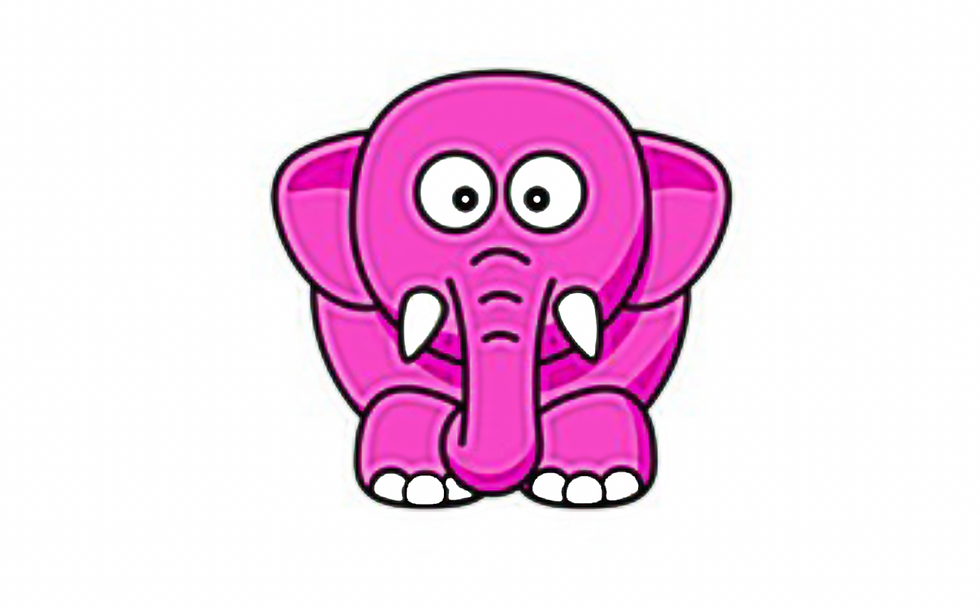
Pictures Enhance Our Ability to Associate New Information
Our brains are continually on the hunt for associations. New words and random strings of letters are insignificant until we assign them with concrete meaning. As a result, when we study by simply reviewing words on paper, we are studying as inefficiently as possible. It’s a trap many students fall into and certainly a snare that entangled me for the majority of my education. It wasn’t until medical school that I ditched my old, antiquated methods and realized the true power of pictures.
We Remember Pictures Far Easier Than Words
A good deal of scientific research, including a paper published at Georgia State University in 2016 titled The Effects of Imagery, demonstrates that pictures are far superior to words when it comes to memory retrieval. In the GSU study, researchers instructed a control group of learners to review and remember a list of words by simply rereading the list over a given timeframe. The researchers then took a second group and instructed those subjects to remember the list by visually imagining each word (over the same timeframe). Afterward, both groups were tested on the word list. The visual group of learners consistently displayed improved recall over the first group. Several other studies have shown similar findings: Pictures rule, words drool.
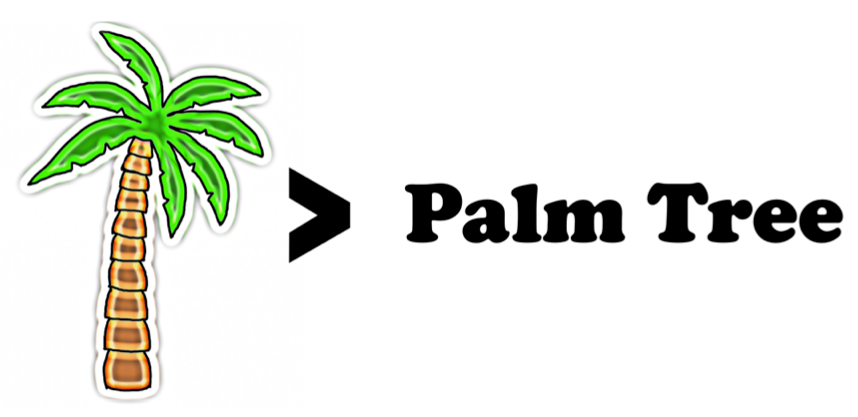
Pictures Have Improved People's Memories For Thousands of Years
This concept is not new by any means. Memory masters from ancient Greece used pictures to enhance their brainpower. Modern day memory champions are able to accomplish incredible feats—such as memorizing multiple decks of cards, number sequences thousands of digits long, and archives of information—through visual imagery.
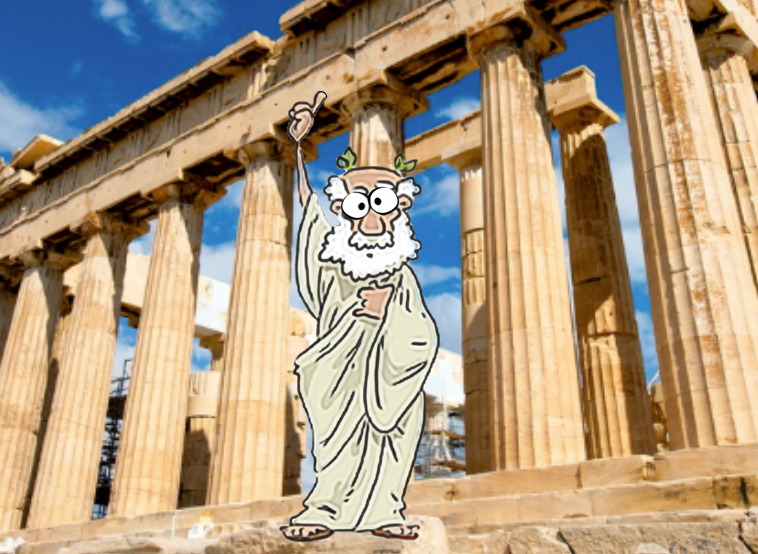
Most Everything is More Memorable in Picture Form
A few vocabulary words, let alone an entire deck of cards, can be difficult to memorize. But a king of spades is far more memorable if he’s reimagined as Lord Voldemort. The queen of Diamonds? How about Oprah?
Often, large quantities of words, letters, and numbers are too difficult to remember, even with sufficient study time. This is why we must turn words, letters, and numbers into entertaining pictures.
So, what’s the process for the transformation?
Break Down Information Into Smaller Parts
Break long words down into digestible pieces. Looking at the word pseudohypoparathyroidism is enough to make anyone’s brain explode. But it’s easy to remember every last syllable if you simply break it down into pictures.
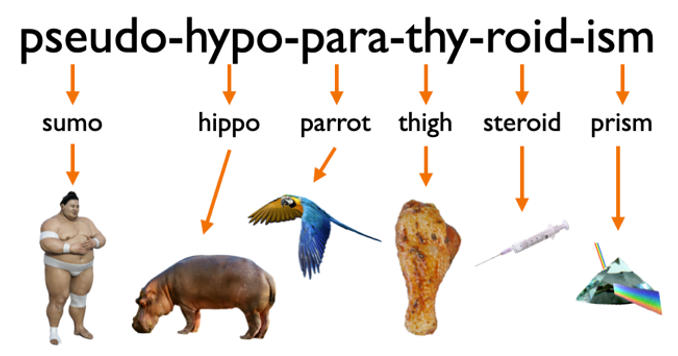
Link Picture Reminders to One Another
Imagine a sumo-wrestling hippo swatting at a rainbow parrot with a steroid-injected chicken thigh. Often, it’s not necessary to remember every single syllable of the word. Instead, create the simplest picture that can reliably trigger your memory. Maybe a sumo-wrestling hippo swats at a parrot with a turkey thigh.
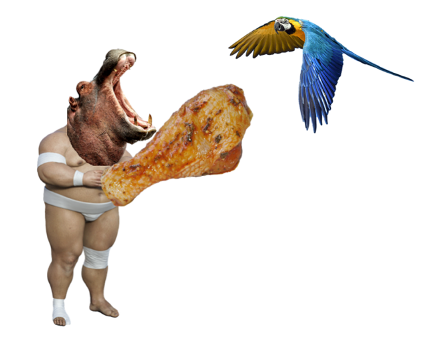
Store Information Inside Familiar Locations or Memory Files
After you create the perfect, unique picture reminder, make sure to store it inside a Memory File for safekeeping and easy retrieval. For more information on storing mental pictures in an orderly fashion in what I call Memory Files, check out 4 Simple Steps To Remember Anything Using Your Favorite Entertainment.
Translate the Alphabet Into Images
If the exact spelling of a word is required, you can break it down further into individual letters, turn the letters into pictures, and then link the pictures together in order. There are many different methods for translating the alphabet into images. We will examine three of the most effective.
Word Associations. The easiest route is to create images based on word associations: Simply use any person, place, or thing that pops into your head for each letter.
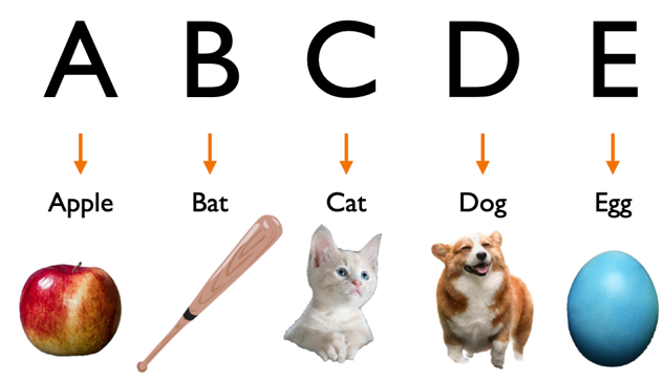
Phonetics. Additionally, you can create reminders based on the phonetics of the alphabet. Think of words with strongly pronounced letter sounds. For example, the letter A could be represented by anything with a strong A sound: an Alien, Ape, or Abe Lincoln.

Shape. Finally, you can create pictures for letters based on shape. Try to picture what the outline of each letter looks like. Consider both capital and lowercase letters.

More ideas on how to turn the alphabet into images, coming soon.
Translate Numbers Into Images
To recall numbers, the simplest method is based on shape as well. Think of images that resemble the shapes of the single digits.

Long chains of numbers require more advanced techniques. More information on long digit memorization, coming soon.
Create Action Chains of Images
You can create action chains of pictures to remember just about any fact. Let’s say we are trying to memorize three facts about oxygen: the chemical symbol (O), the atomic number (8), and the fact that oxygen makes up 21 percent of our atmosphere.
Picture an oxygen tank with a hula hoop (O = chemical symbol of oxygen). The tank leaks out oxygen into the atmosphere and sprays a shower of blackjack 21s high up into the air (21 percent of atmosphere). The cards then fall down to earth onto a snowman getting nuked (8 = the atomic number).
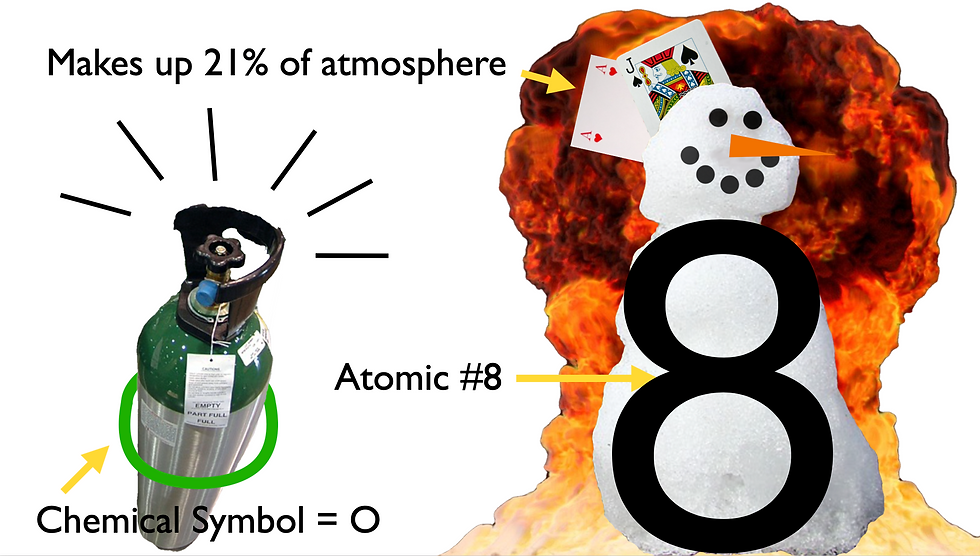
Make Sure Your Mental Reminders Are Entertaining
When creating picture reminders, the funnier the better. If it makes you laugh, it will stick in your mind. Conjure up objects in extremes—don’t picture a normal bowl of cereal. Instead, picture one the size of a house with cornflakes as big as doors. Instead of remembering one dinky tomato, picture an army of Killer Tomatoes. Normal, everyday objects are humdrum and quickly fall out of mind. Make your mental reminders enormous, ridiculous, and plentiful.
A Picture is Worth a Thousand Tutors
Pictures can quickly and easily help us to memorize any type of information. We think in pictures, so we might as well use them to our advantage. In my experience, when used correctly, a picture is worth a thousand tutors.
Comments